The Hall Lab is seeking to recruit prospective Ph.D. students for fall 2018. One student will use primarily mathematical modeling approaches to develop theory relating to lab interests (spatial ecology, population and community ecology, disease ecology). Students are also sought for the following specific projects, to be co-advised by Professor Sonia Altizer, and using a combination of theoretical, field and lab approaches:
- Foraging behavior, human-wildlife interactions and pathogen transmission, applied to urban-feeding White Ibis and their environmentally transmitted pathogens
- The consequences of shifting resource distribution and parasitism for migratory populations, applied to monarch butterflies
- The community ecology of host-parasite interactions, applied to monarchs and their pathogens, parasitoids and resource competitors.
Interested applicants should send a cover letter indicating their interests, and a copy of their CV including GPA and GRE scores, to rjhall “at” uga “dot” edu. Students with prior experience of mathematical modeling, and students from underrepresented backgrounds, are especially encouraged to apply.
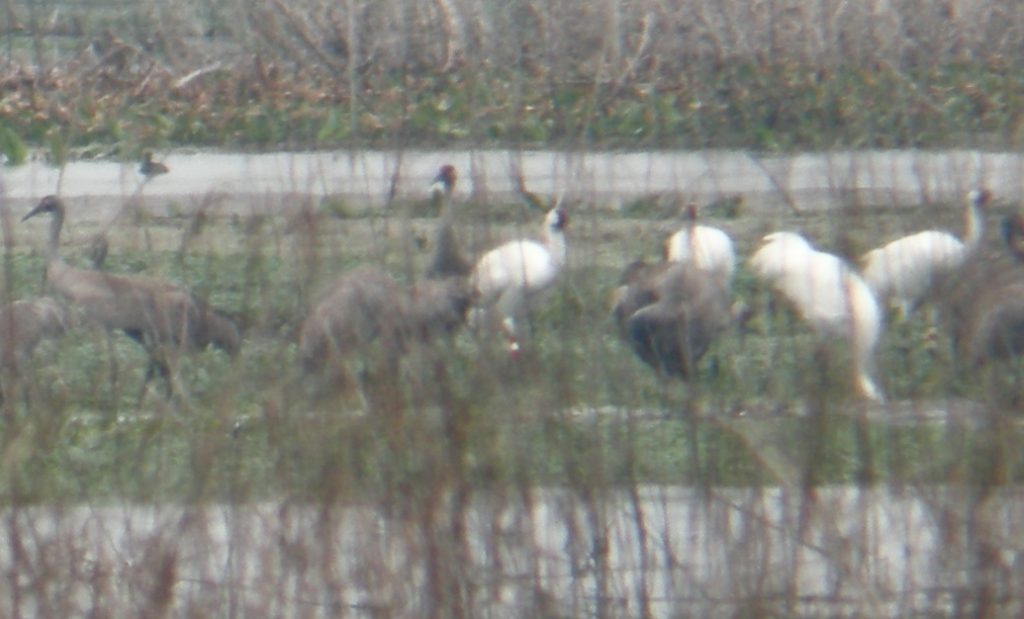
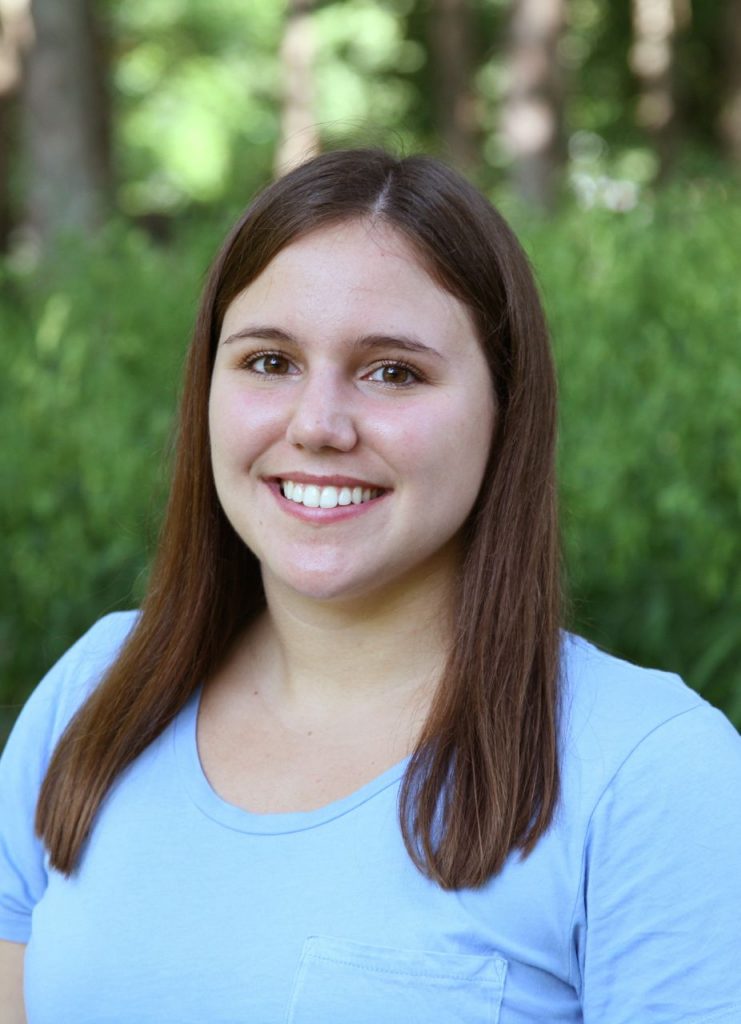 We’re excited to welcome new IDEAS PhD student Cali Wilson to the Hall Lab! Cali is interested in behavioral and community components of parasite transmission in wildlife, using urban-habituated White Ibis. Cali has already been out in the field recording ibis behavior in Georgia and Florida, and captured this great shot documenting just how bold these waterbirds have become.
We’re excited to welcome new IDEAS PhD student Cali Wilson to the Hall Lab! Cali is interested in behavioral and community components of parasite transmission in wildlife, using urban-habituated White Ibis. Cali has already been out in the field recording ibis behavior in Georgia and Florida, and captured this great shot documenting just how bold these waterbirds have become.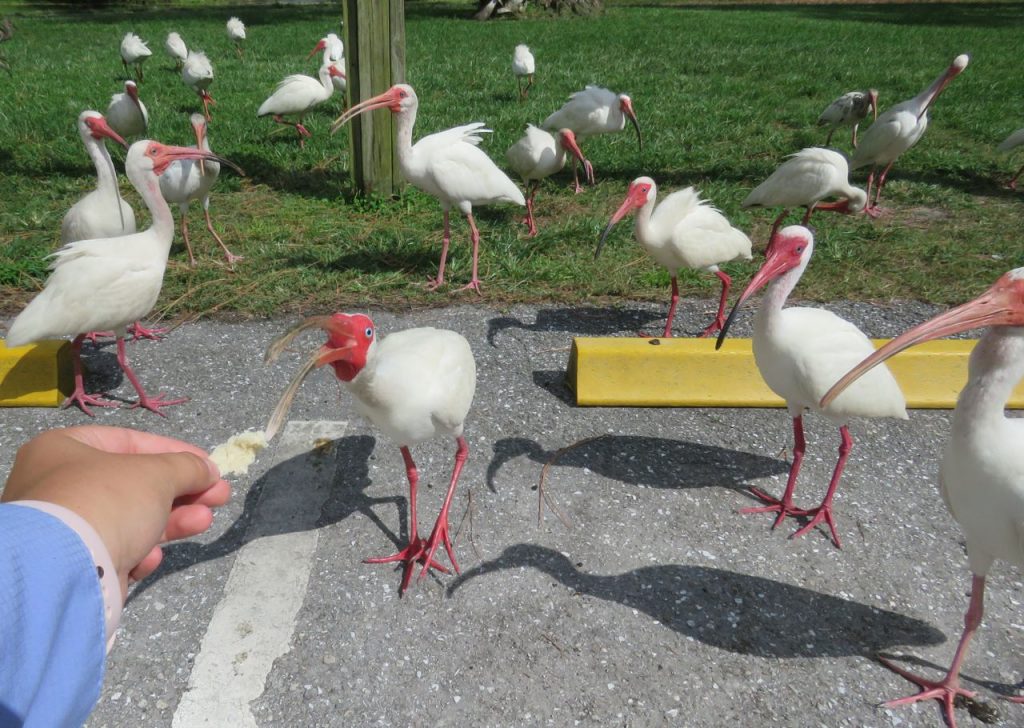
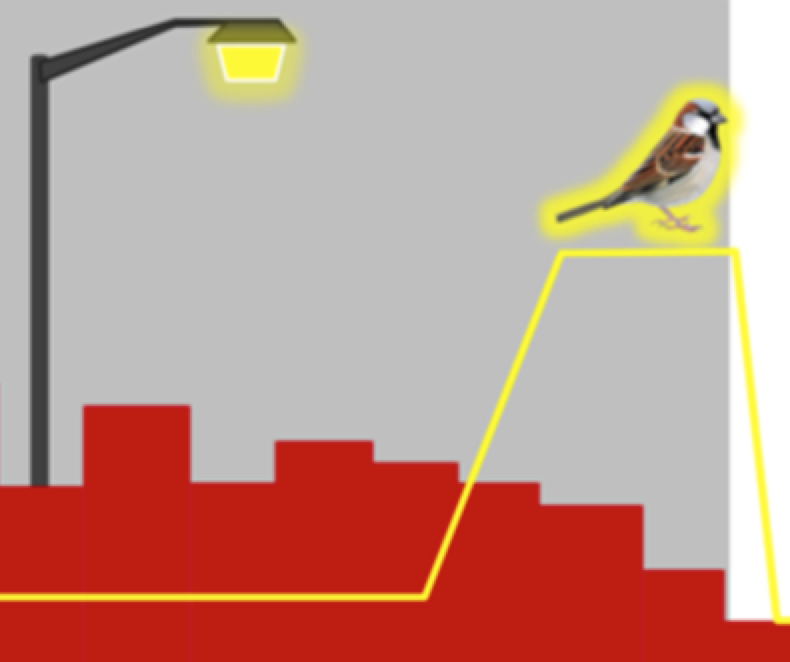 Richard was part of a review article just published in Integrative and Comparative Biology, headed by U. South Florida graduate student Meredith Kernbach, that illustrates how artificial light at night can influence individual host traits in ways that alter their competence for infectious diseases, including vector-borne zoonoses like West Nile Virus. Read all about it
Richard was part of a review article just published in Integrative and Comparative Biology, headed by U. South Florida graduate student Meredith Kernbach, that illustrates how artificial light at night can influence individual host traits in ways that alter their competence for infectious diseases, including vector-borne zoonoses like West Nile Virus. Read all about it 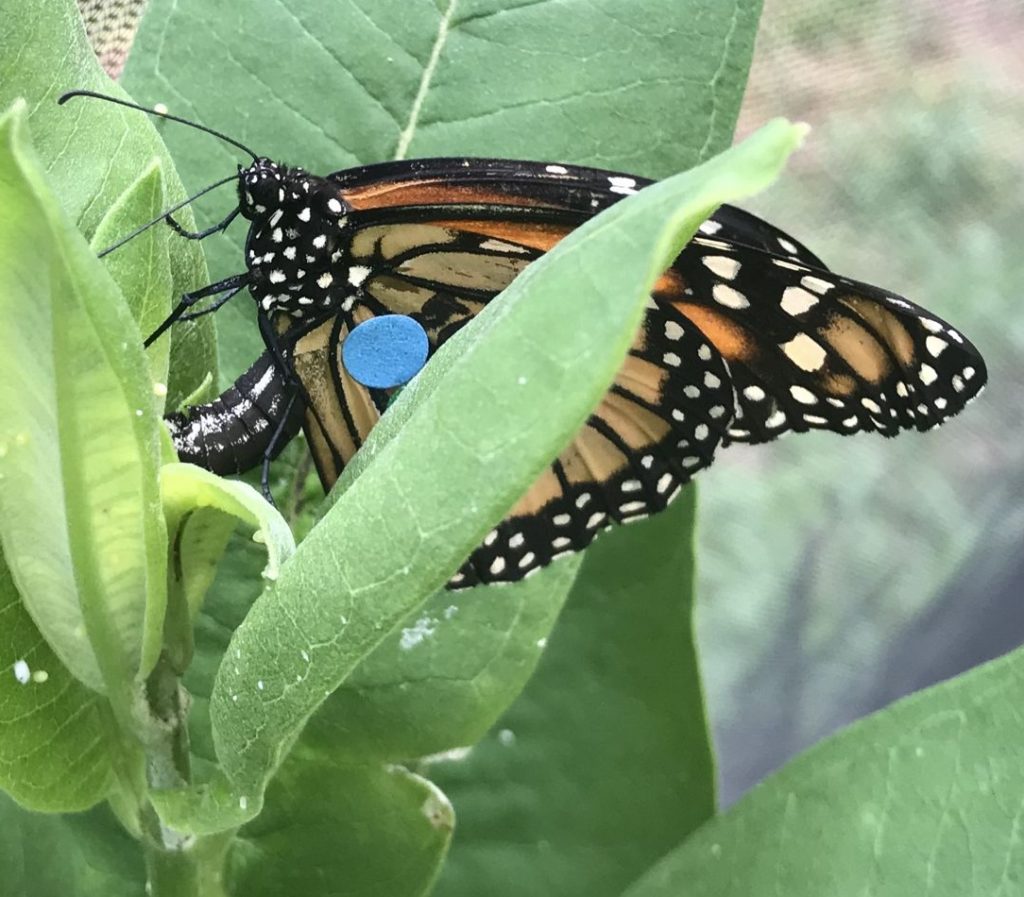 The Hall Lab is excited to be part of a new National Science Foundation Population and Community Ecology grant to investigate the drivers and consequences of sedentary behavior in formerly migratory animals, using the iconic monarch butterfly as a study system. Our research team is headed by PI Sonia Altizer, along with co-PIs Richard Hall, Caz Taylor at Tulane University, Jaap de Roode at Emory, and Karen Oberhauser at U. Wisconsin. A brief synopsis of the grant can be found on the
The Hall Lab is excited to be part of a new National Science Foundation Population and Community Ecology grant to investigate the drivers and consequences of sedentary behavior in formerly migratory animals, using the iconic monarch butterfly as a study system. Our research team is headed by PI Sonia Altizer, along with co-PIs Richard Hall, Caz Taylor at Tulane University, Jaap de Roode at Emory, and Karen Oberhauser at U. Wisconsin. A brief synopsis of the grant can be found on the 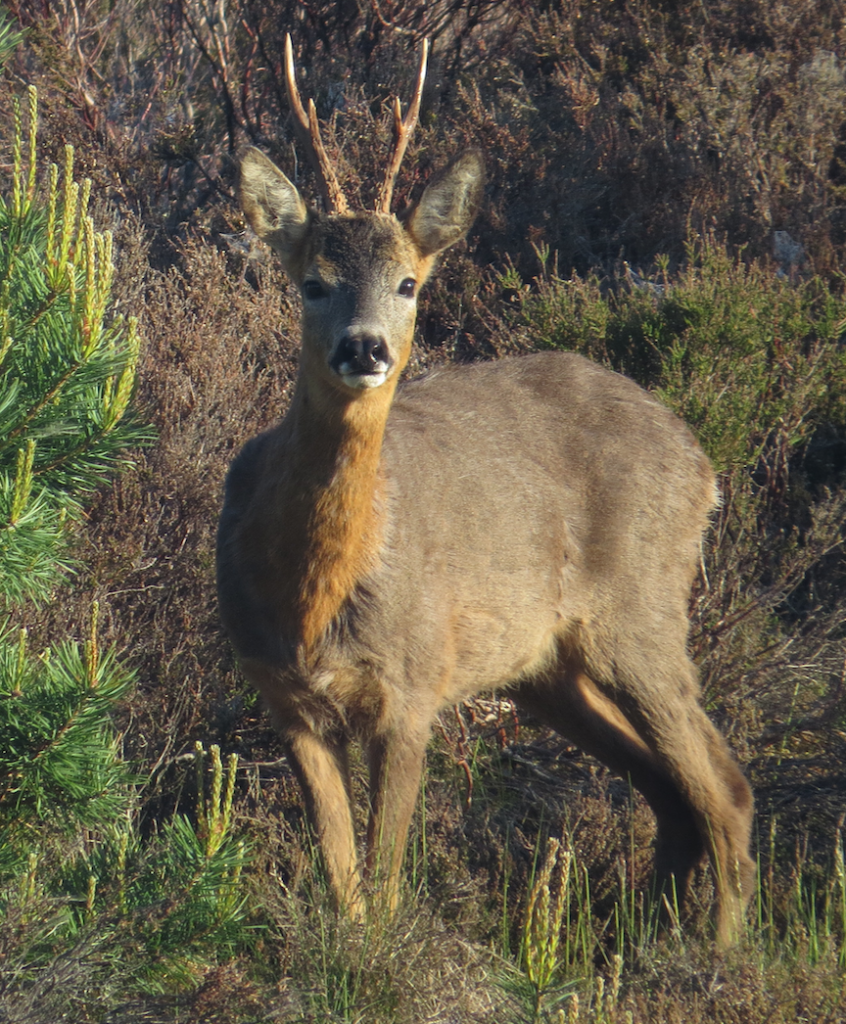 s B
s B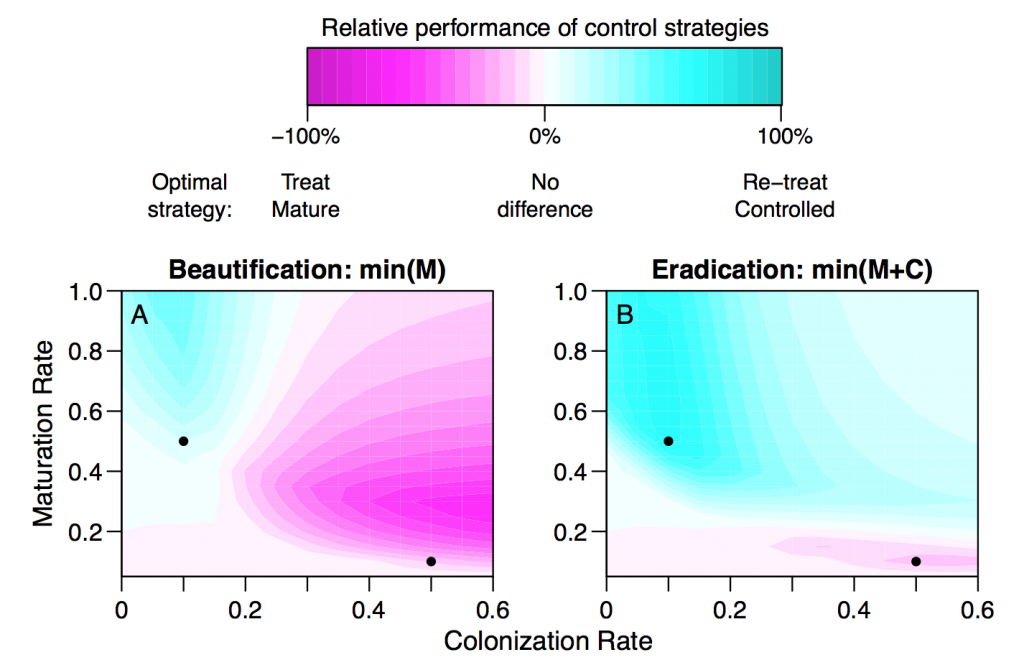 Non-native plants such as kudzu, English ivy and wisteria can quickly run rampant in the southeastern US, and while notoriously hard to eradicate, can be quickly and cheaply managed by mowing or pruning to prevent reproduction. Research conducted by UGA Genetics graduate Sandra Hoffberg and overseen by Richard, used mathematical models to explore how invader traits and control mode of action determine whether control objectives are better met by controlling untreated infestations, or re-treating previously controlled sites. In general, treating heavily invaded sites is optimal if the goal of control is “beautification” (maintaining the invader in a managed state) while re-treatment of controlled patches is more likely to locally eradicate the invader. However, depending on whether the invader is fast-growing or fast-reproducing, the optimal control strategy can switch according to the time horizon of management and the cost and efficacy of the chosen control method. The research was recently published in
Non-native plants such as kudzu, English ivy and wisteria can quickly run rampant in the southeastern US, and while notoriously hard to eradicate, can be quickly and cheaply managed by mowing or pruning to prevent reproduction. Research conducted by UGA Genetics graduate Sandra Hoffberg and overseen by Richard, used mathematical models to explore how invader traits and control mode of action determine whether control objectives are better met by controlling untreated infestations, or re-treating previously controlled sites. In general, treating heavily invaded sites is optimal if the goal of control is “beautification” (maintaining the invader in a managed state) while re-treatment of controlled patches is more likely to locally eradicate the invader. However, depending on whether the invader is fast-growing or fast-reproducing, the optimal control strategy can switch according to the time horizon of management and the cost and efficacy of the chosen control method. The research was recently published in 
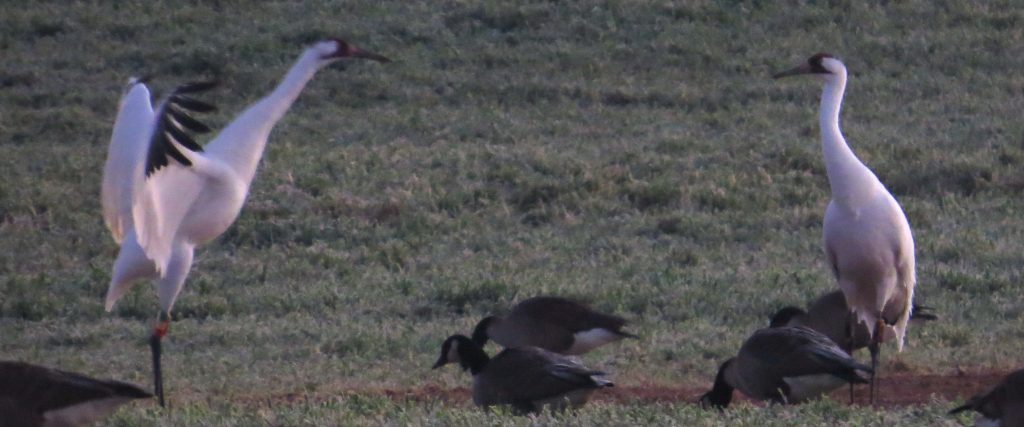
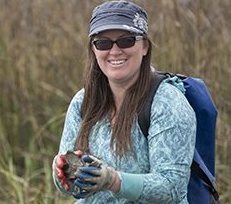 NSF Postdoc Fellow and recent Odum School graduate Alyssa Gehman, together with Jeb Byers and Richard Hall, published a thought-provoking study that challenged the commonly held assumption that climate warming will increase parasitism. Alyssa’s study combined field observations, lab experiments and mathematical modeling to investigate how temperature affected traits of a barnacle parasite and its mud crab host. The study, just published in
NSF Postdoc Fellow and recent Odum School graduate Alyssa Gehman, together with Jeb Byers and Richard Hall, published a thought-provoking study that challenged the commonly held assumption that climate warming will increase parasitism. Alyssa’s study combined field observations, lab experiments and mathematical modeling to investigate how temperature affected traits of a barnacle parasite and its mud crab host. The study, just published in